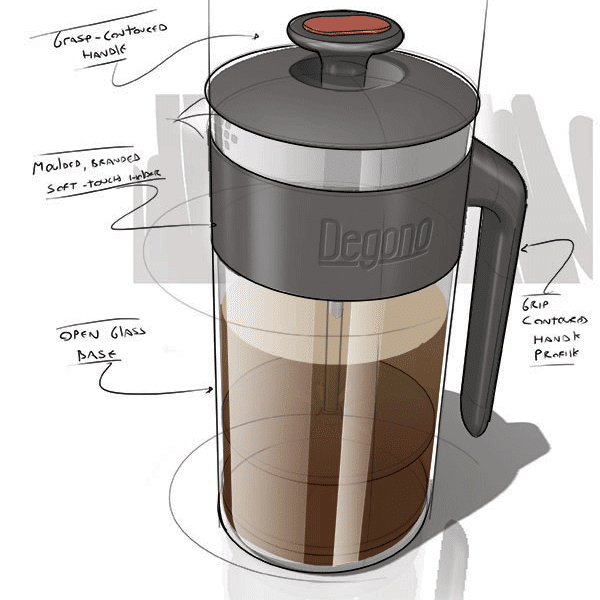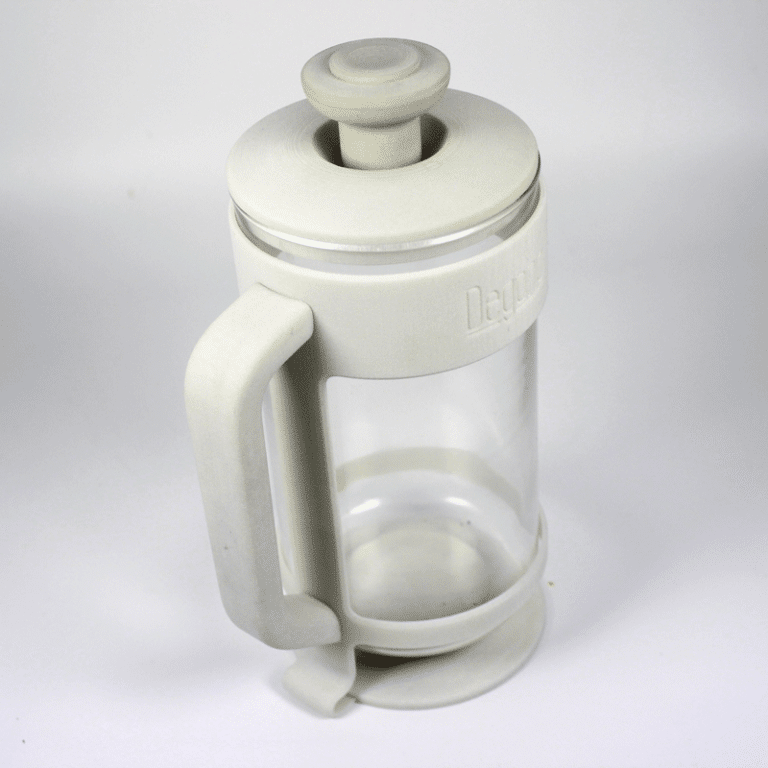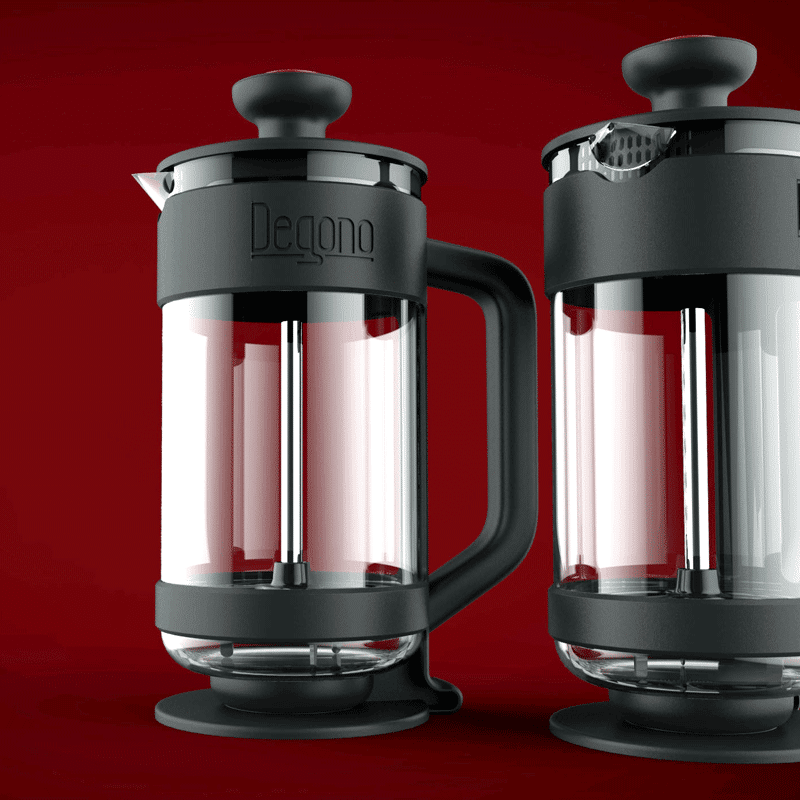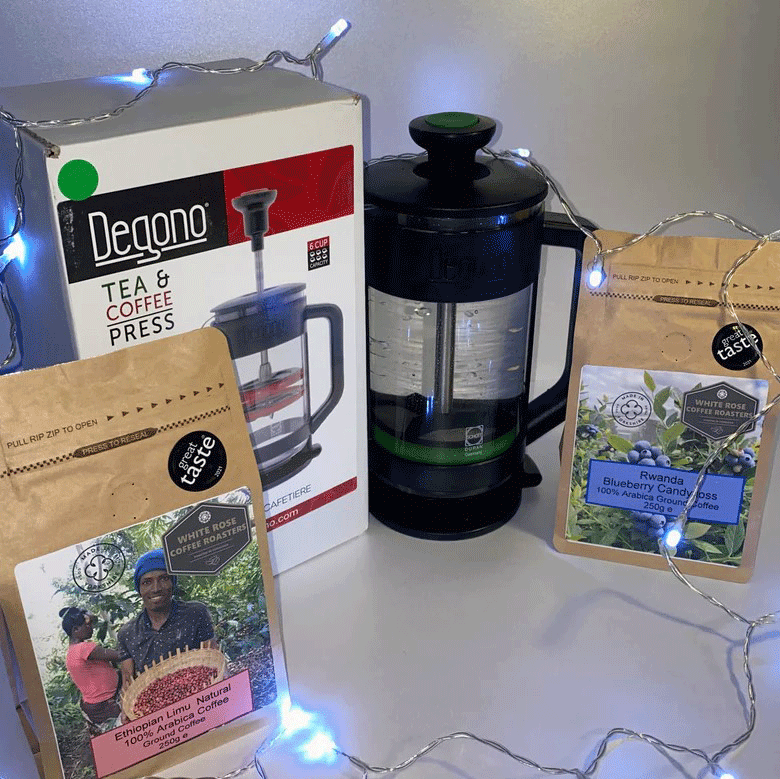Using Play Patterns to Design & Develop Toy Products
Play patterns in the infant and toddler space to help ensure that the final product is appropriately designed and developed.
When designing toys for those under 2 years old, knowledge of child development and capabilities is crucial to developing play patterns. You want play patterns that children can engage in that challenge them in an age-appropriate way. Developmental milestones can be good guideposts to steer you in the right direction. Below are some examples of common play patterns you see in different age categories and how they relate to development.
0-6 months
There is a lot of growth and change in this time. Toys that help babies along can be appealing to parents. When babies are very little, their eyesight is still developing, so toys with high contrast black and white are easier to see. Tummy time exercises can make babies frustrated, so prop pillows will toy features attached can distract babies from the challenge. Babies are learning how to grab things at this time, so toys that are grippable that baby can hold on their own can be appealing. Toys that move can encourage eye tracking.
6-12 months
Later in that first year, babies are more and more active. Shape sorters can teach babies about how object relate and fit into one another. Peek a boo toys help babies understand object permanence. Stacking toys help them learn to build and break down. By the end of this time, many babies are looking for toys (or anything they can find) to help pull themselves up and walk. Walkers and play tables are popular choices to solve this need.
12 months to 2 years
Toddler toys are more advanced to support the child’s growing abilities. Complex play patterns involving gears and puzzles can encourage mental development and problem solving. Push toys and Ride on Cars can encourage physical development. Toys that teach words and what they mean encourage them to start speaking.
Toys for children of all ages can encourage learning and development. Toys inspire us to play, to be curious, and to experiment. When developing a new toy, get a understanding of your target age group and what their capabilities and interests are. This can help you create a toy that’s both fun and aides in their development.

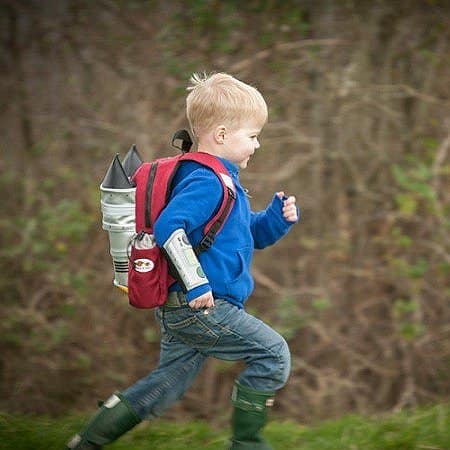
We’ve worked with a number of clients to bring innovative toy products to the market.
If you’ve got a project for a toy product but don’t know how to go about developing it, contact us today and we can arrange a call to discuss it.
Let us help you bring your new product to market.
If you’re looking to develop a new product or re-design an existing range but lack the in-house capacity or expertise to make it a reality, get in touch with us today to discuss your requirements.
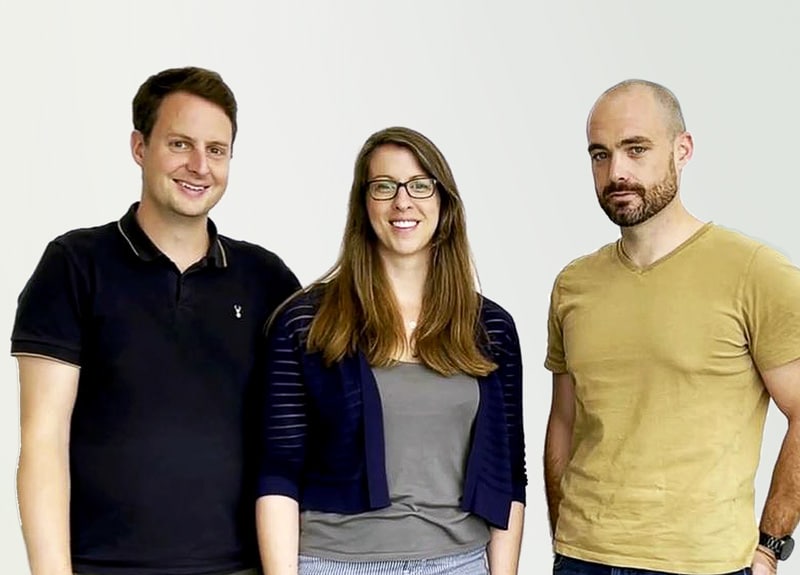
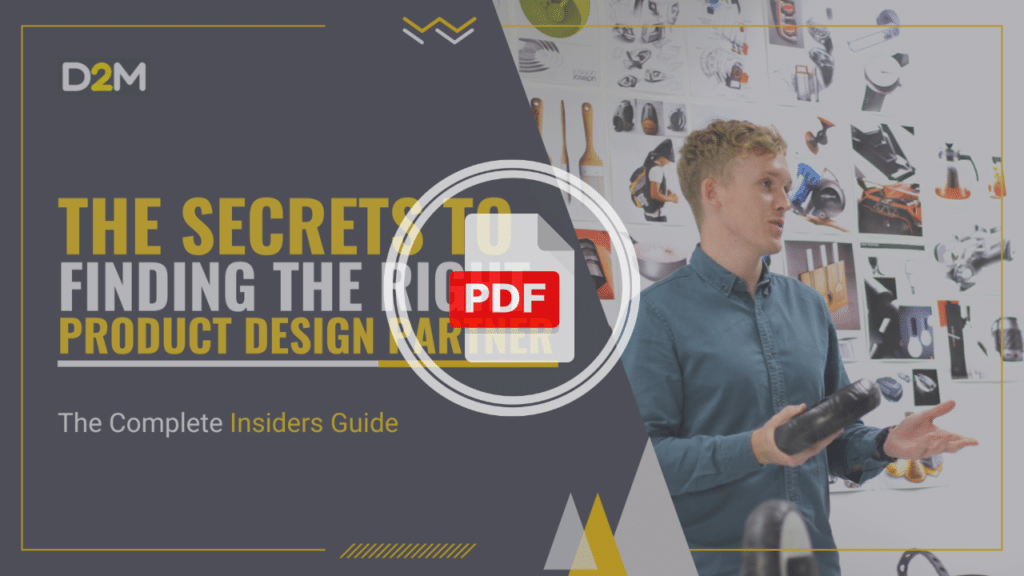
All the secrets, tips and tricks to finding the right product design partner.
Download D2M's PDF guide now and say goodbye to costly missteps and wasted R&D funds.
Secrets, tips & tricks to finding the right product design partner.
Download D2M's PDF guide now and say goodbye to costly missteps and wasted R&D funds.
Client Testimonials
What people say





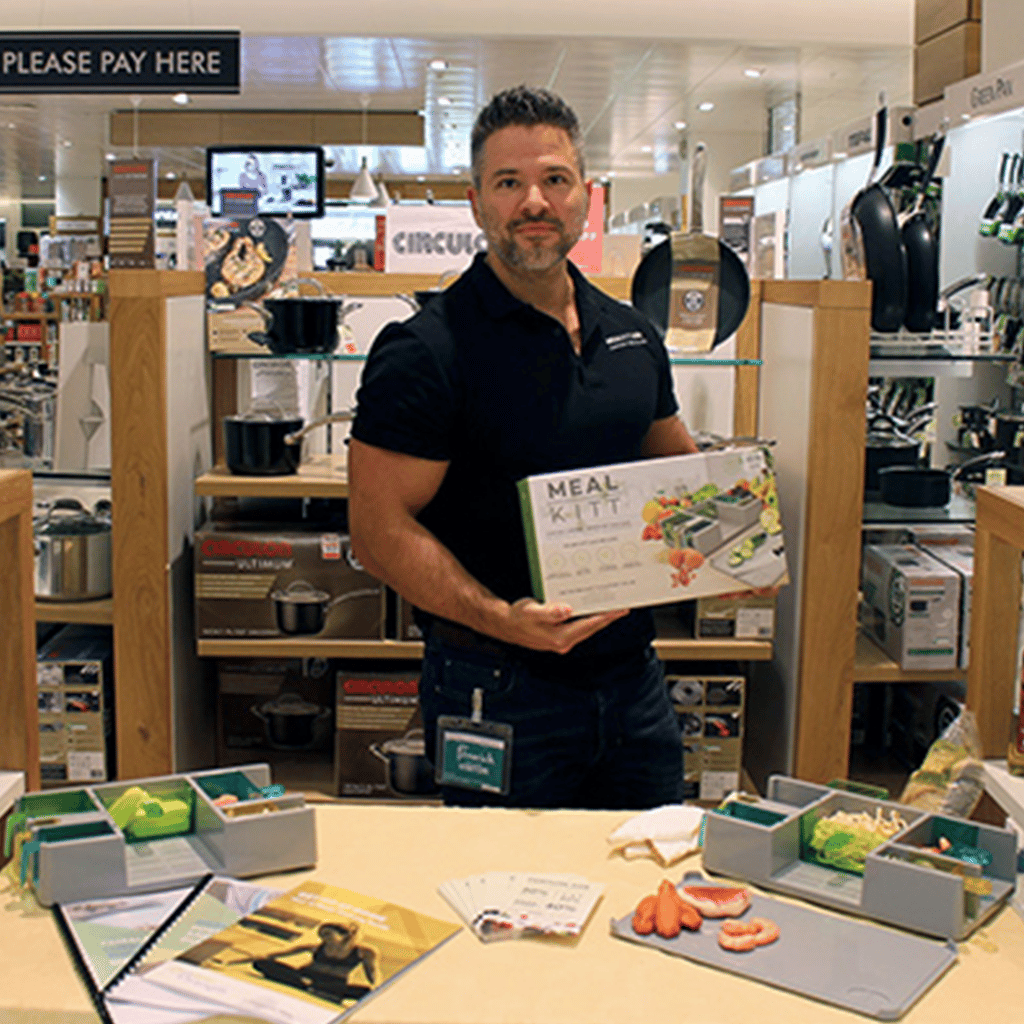
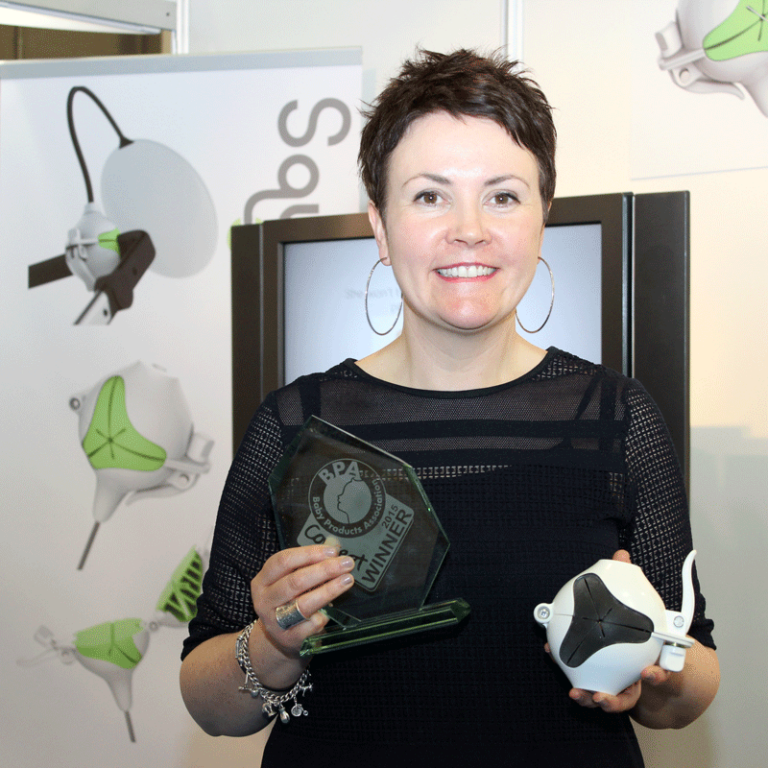
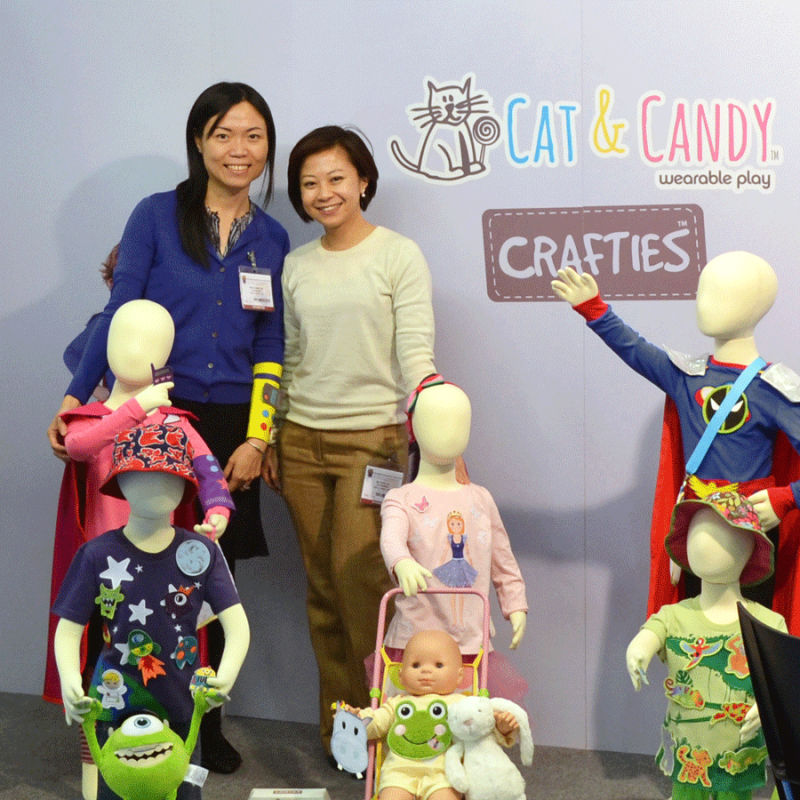
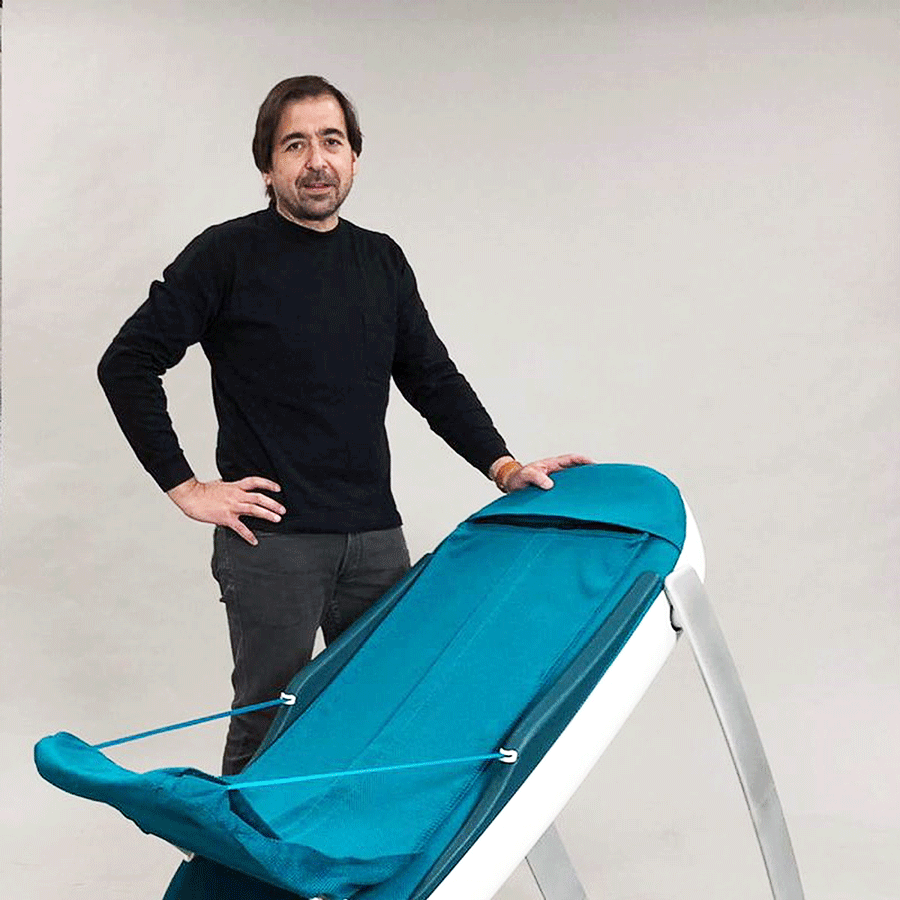
Expert Knowledge
We’re all about helping companies, startups and entrepreneurs to succeed with designing new products.
Get your hands on some of our carefully crafted videos, pdfs and podcasts. If you want to successfully develop and launch a new product idea then click the images to discover more about these free, instantly available resources.
